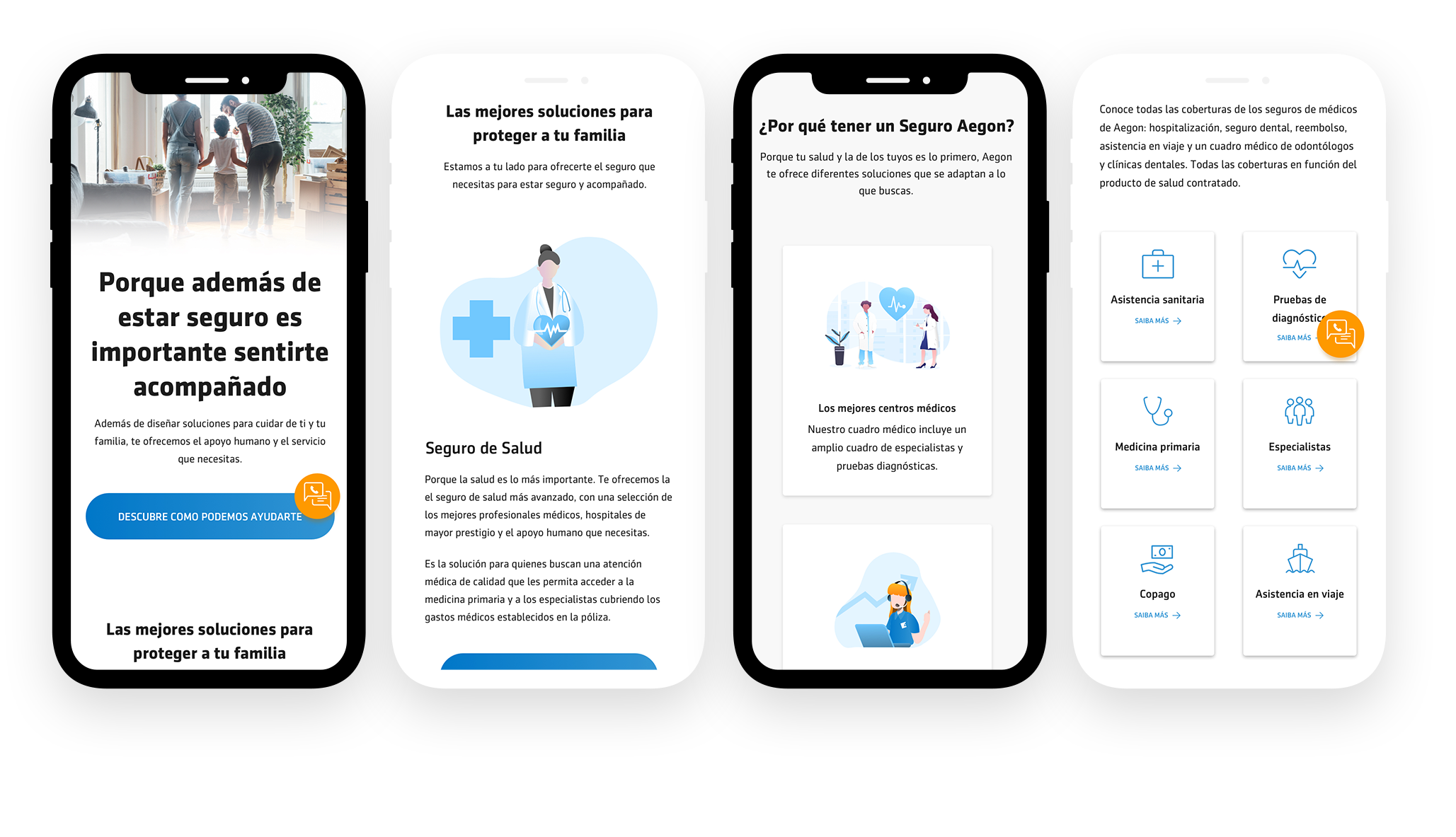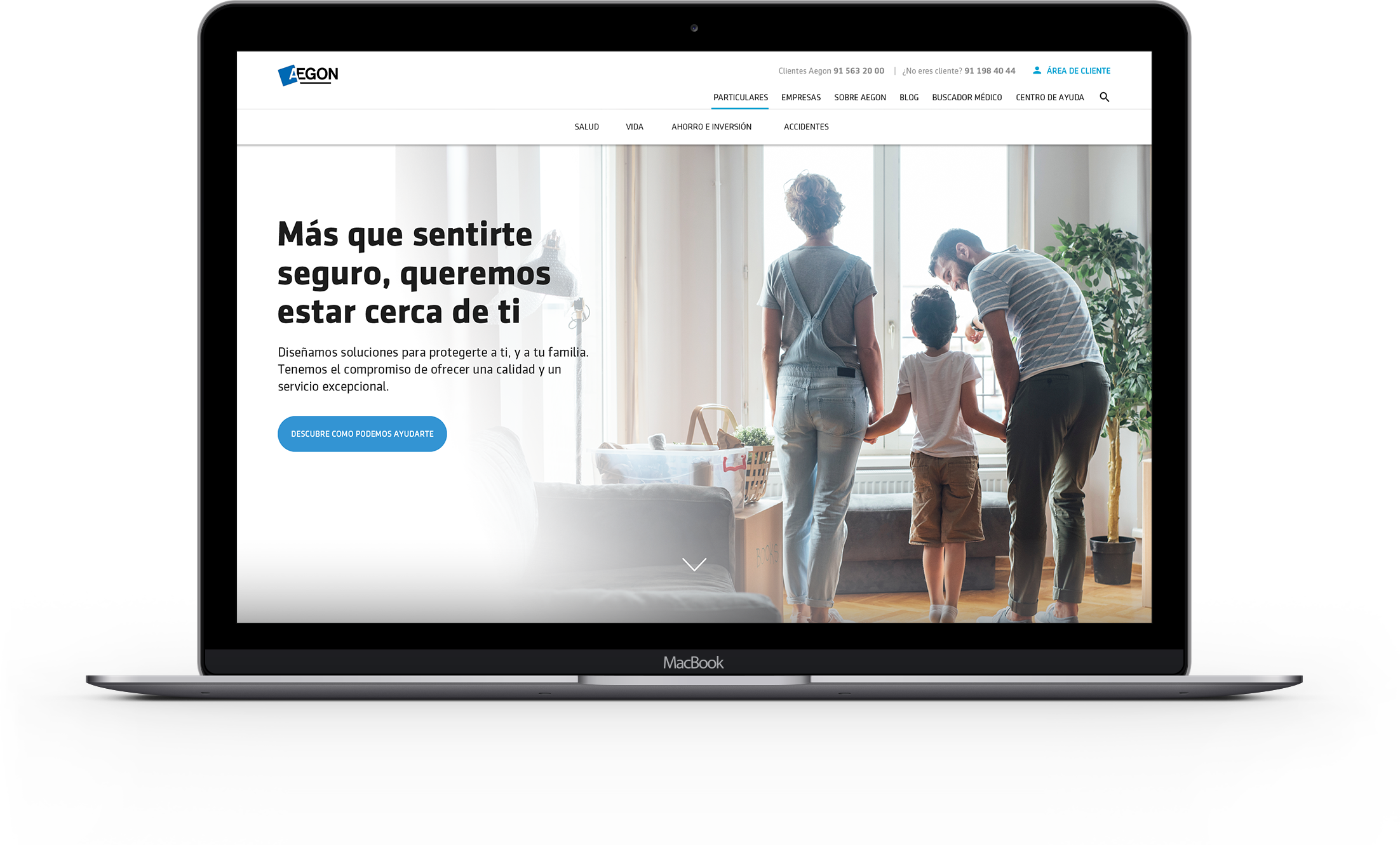Business need
Aegon Spain was looking at improving and creating a consistent channel experience putting them closer to their customers and answering their questions. The initial request was to improve the mobile experience, as despite mobile having 50% of leads, the mobile conversion rate was at least three times lower than desktop and 70% of all traffic was still coming from a desktop. After a review of their digital offerings across offline and online channels, we saw that Aegon Spain had different messages, was not meeting user needs and overall were outdated with their digital offering.
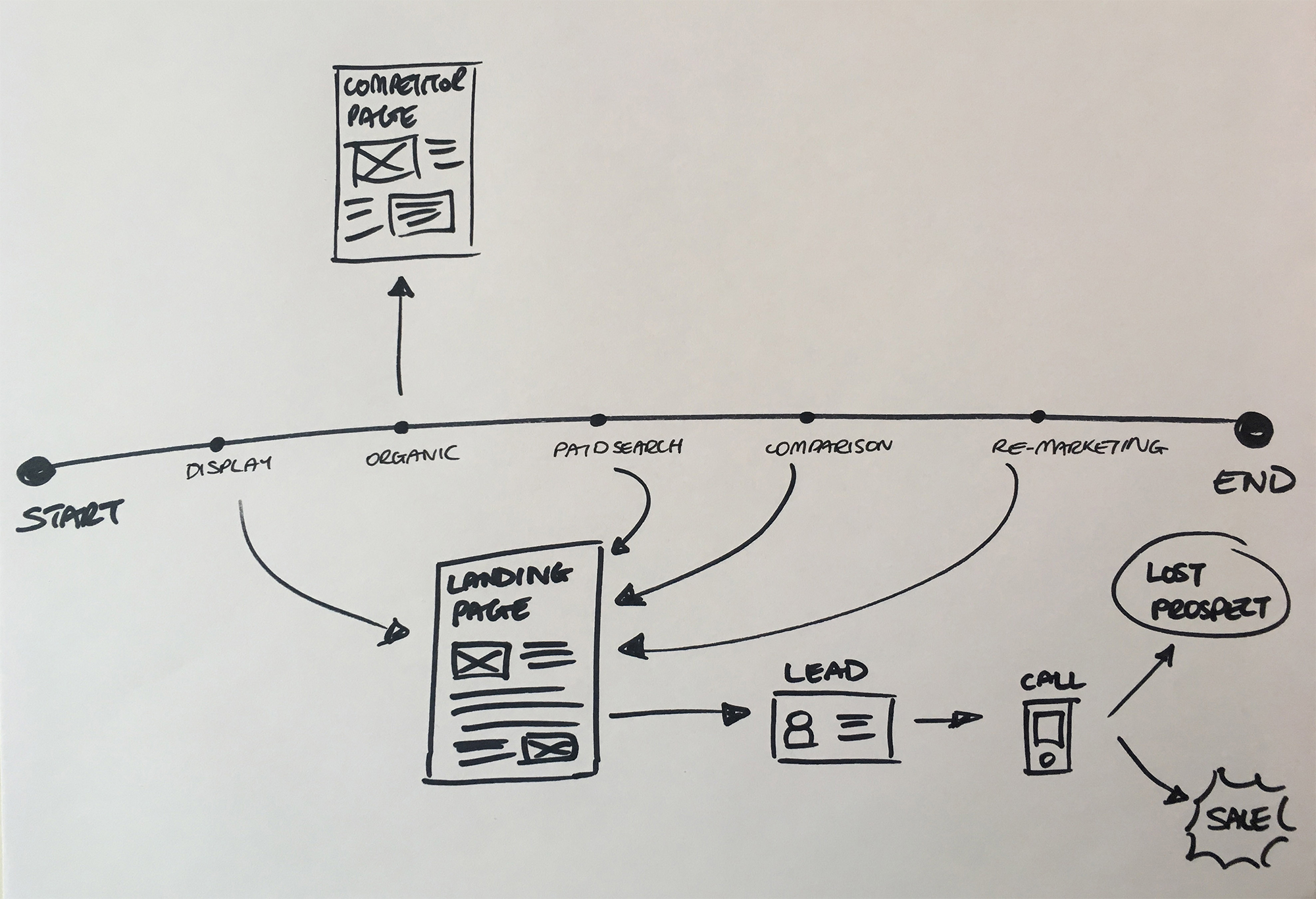
The current state a user engages with Aegon Spain
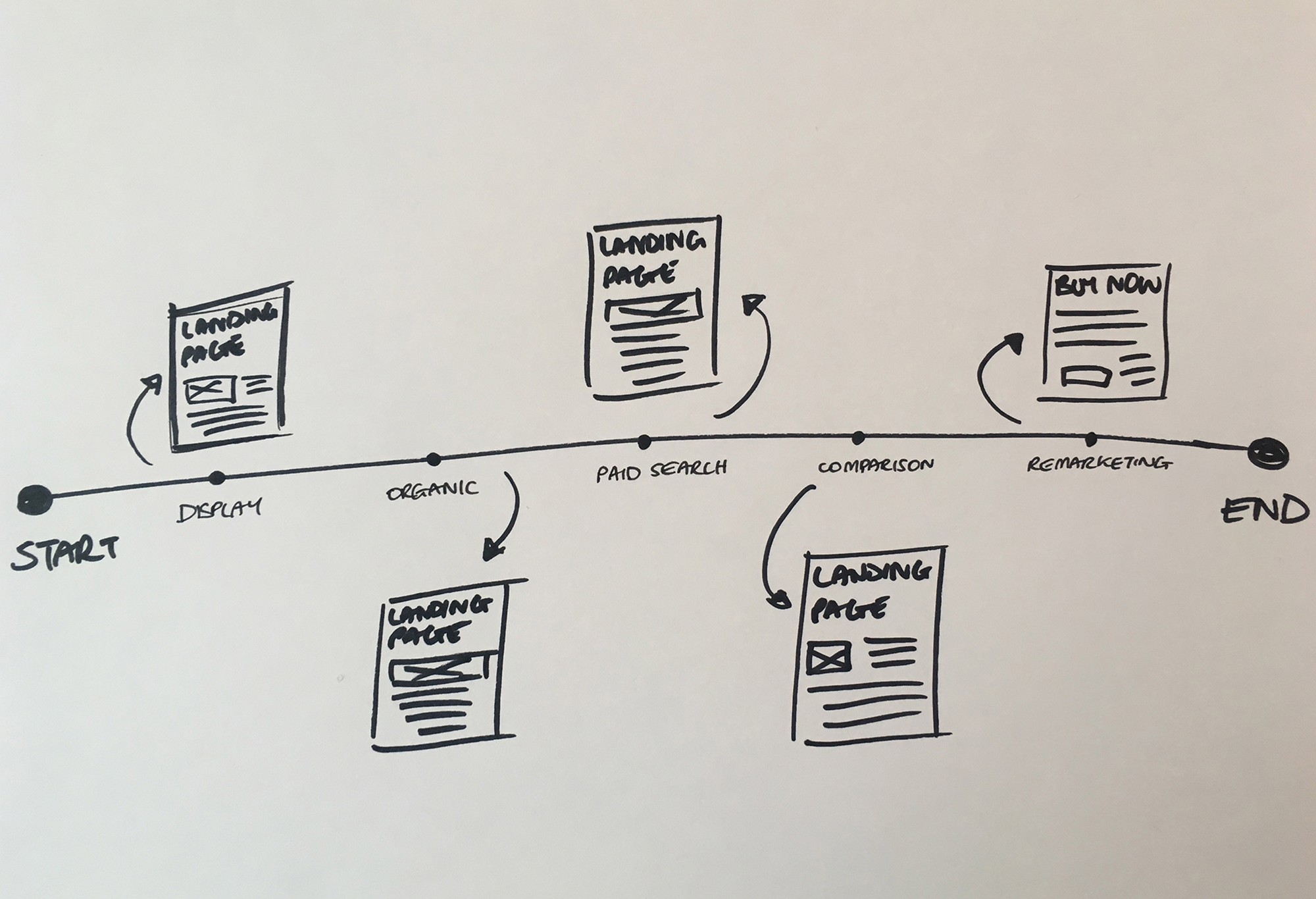
The ideal state for a user engaging with Aegon Spain
The challenge
Aegon Spain, an insurance company focused on health and life; current channel experience was heavily sales focused and not speaking to the customer. Their current offering was leading customers to the homepage, being priced focus and wanting to obtain personal data quite early in the customer journey. This was therefore not converting many customers at all as there was no trust, customers didn’t understand what was on offer and there was a lot of information that customers just didn’t understand. We needed to understand what people expected from Aegon and how we could support them on their journey to purchasing insurance and to feel safe and protected when investing their time in finding a trustworthy insurance company.
Our challenge was to create a continuous channel experience that answers our customers questions.
This would be achieved by:
- A consistent experience across our online and offline channels
- Intuitive conversational UX that maintains a relatable but trustworthy voice and tone
- Providing information that speaks to our users leading them to a purchase journey
My role
As head of UX my role was to drive and implement the overall UX experience, leading 3 UX designers, 1 UX researcher whilst working closely with the product owner and product manager in managing expectations and delivery. From a strategy perspective my role also saw me working with the executive team in implementing a UX strategy based off the UX process and framework we set up for this project and drive a transformation within the organisation. Setting up the team, the framework and way of working alongside the PO and PM, I made sure that the delivery and execution of our processes and designs was at the highest quality and that we were bringing a collaborative approach to the organisation.
Planning and scope definition
When we introduced the UX process of understanding, research, define, ideation and implementation - the organisation wasn’t too familiar with this. As they had been used to more traditional methods, we made sure that everyone was taken on the journey to understand how these steps were going to be broken up. Working closely with the PM and PO and planning our agile approach we broke up these stages into sprints and created tasks per sprint. Setting up daily stand ups, weekly reviews and stakeholder reviews was critical for the delivery of the product.
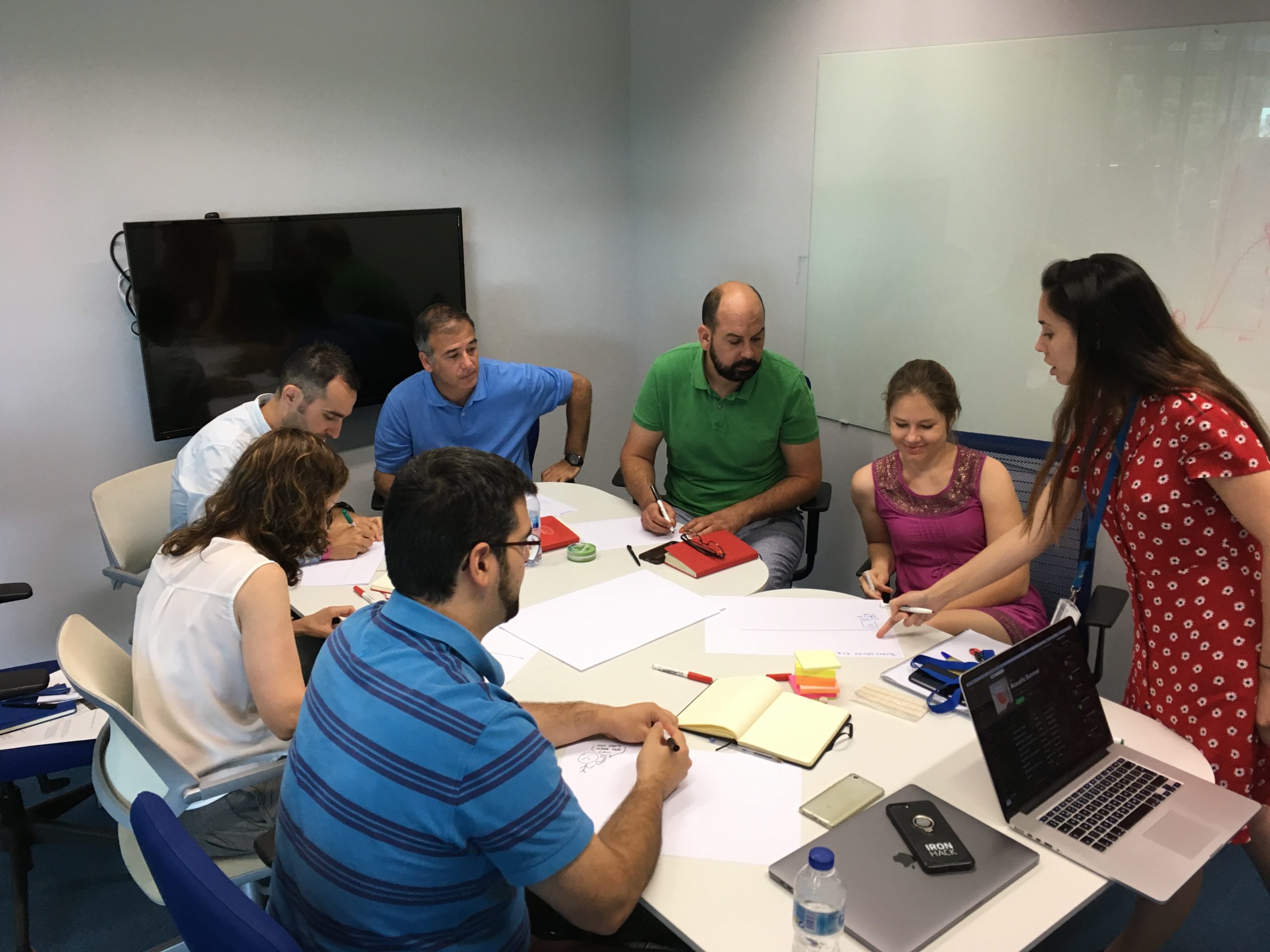
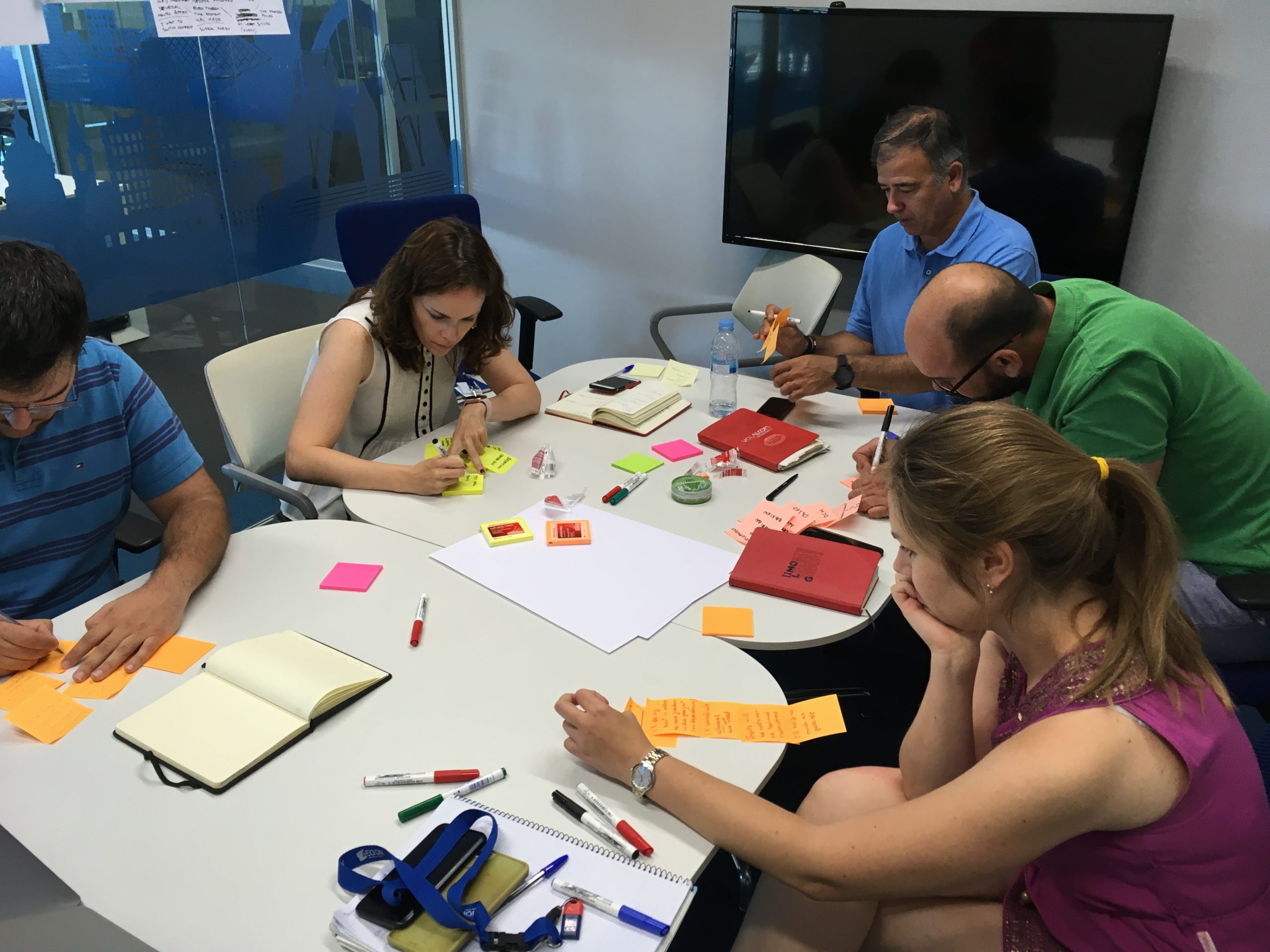
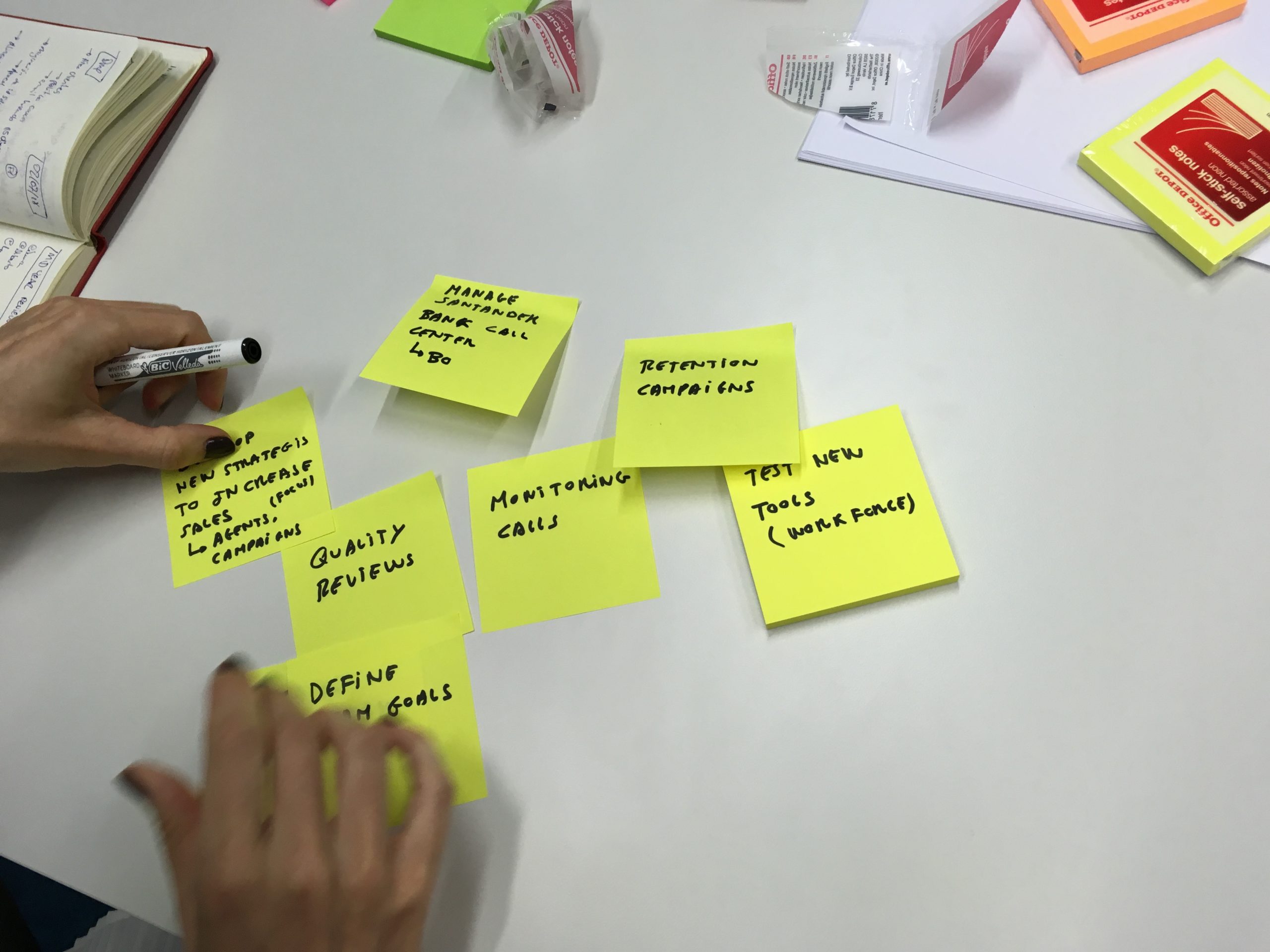
Collaboration and coordination
As the lead UX and managing 3 UX designers, my role was to make sure the quality of work being delivered was in line with the research from our stakeholder interviews, customer research, data and analytics. As there was an inconsistent channel experience, I worked with key stakeholders in how each team was going to collaborate cross functionally in delivering information that served our customers. Collaborating with the executive team on a new operational model which saw functional silos be broken down and opening up a new way of collaboration across teams.
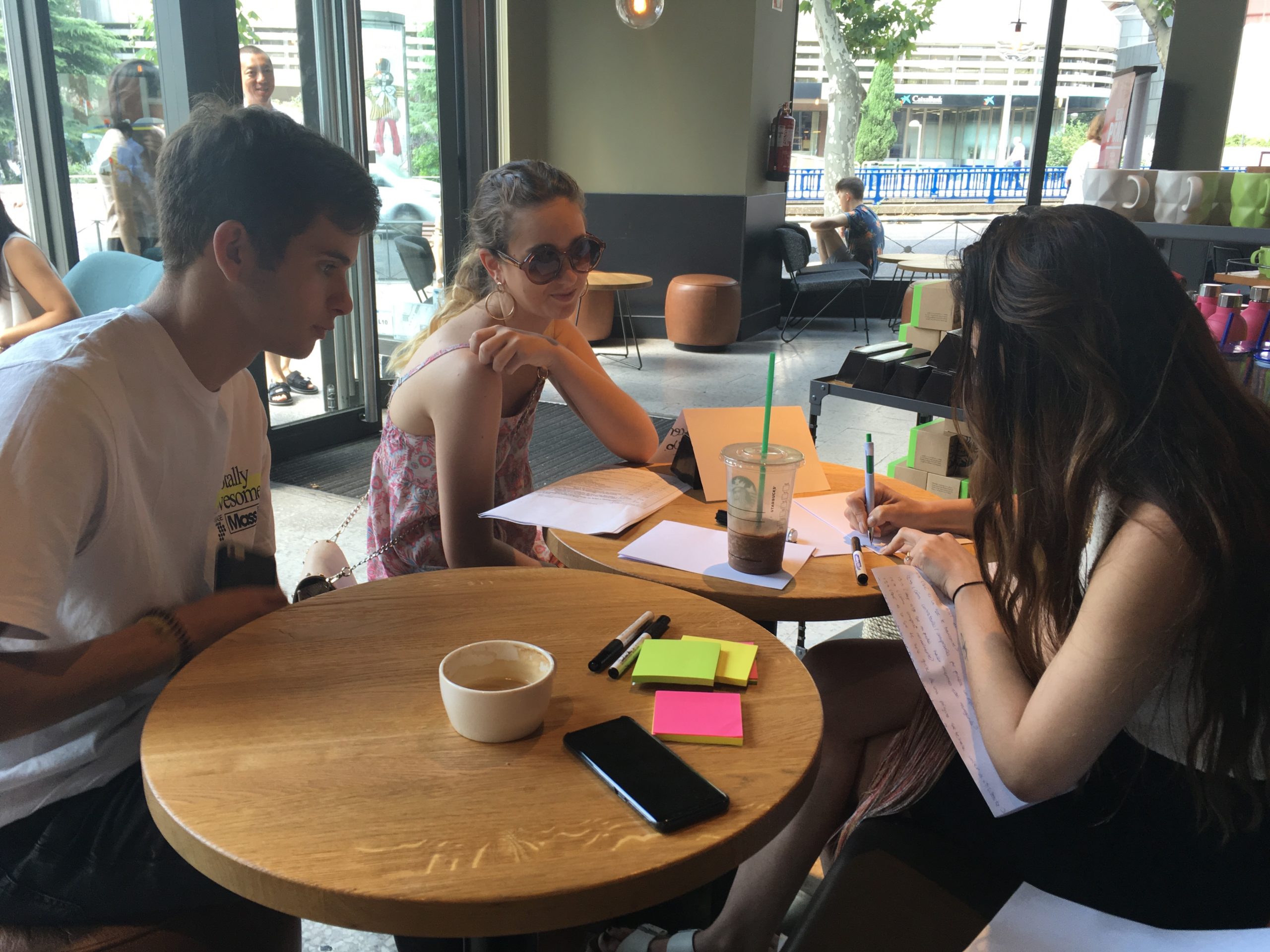
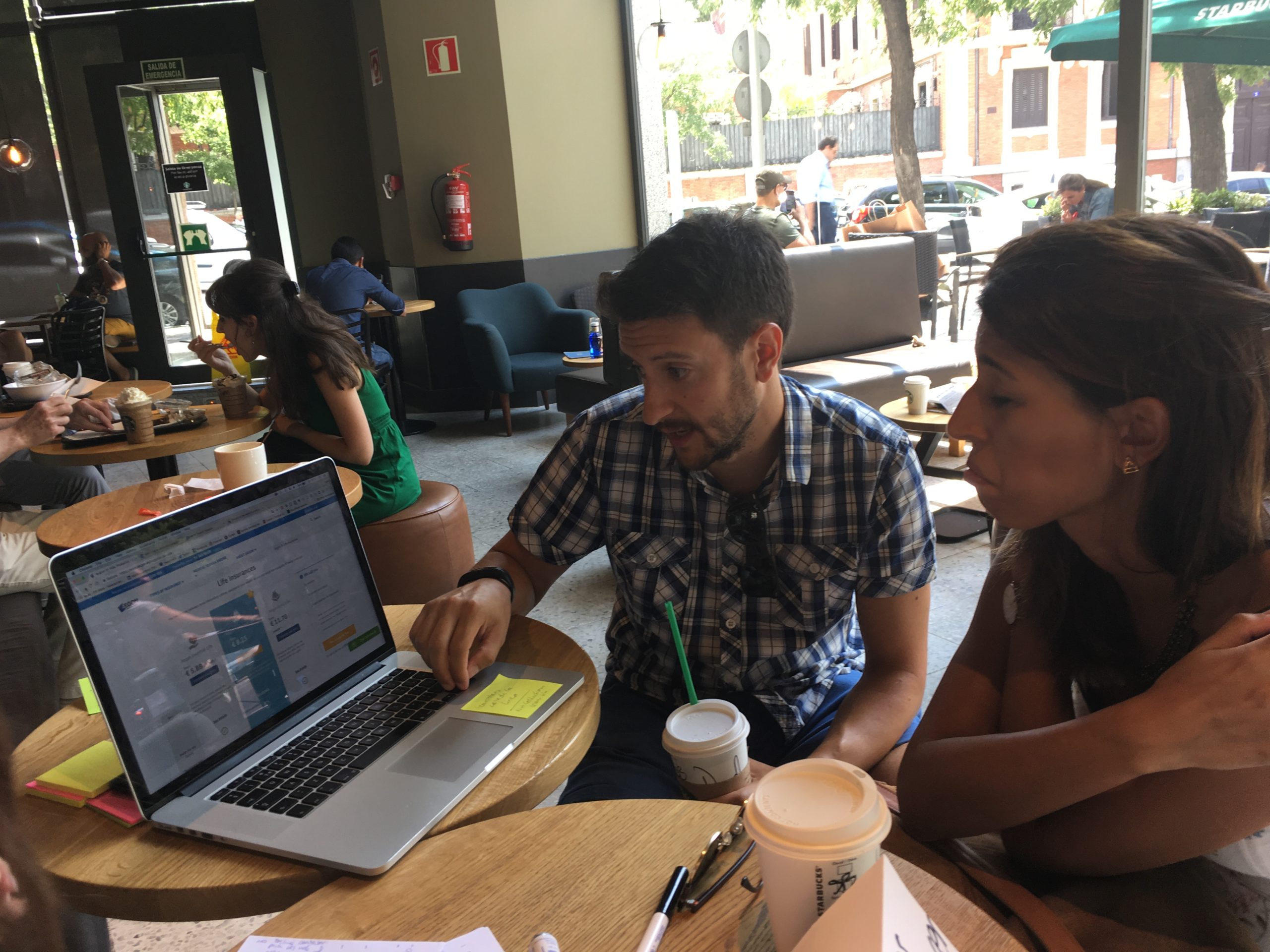
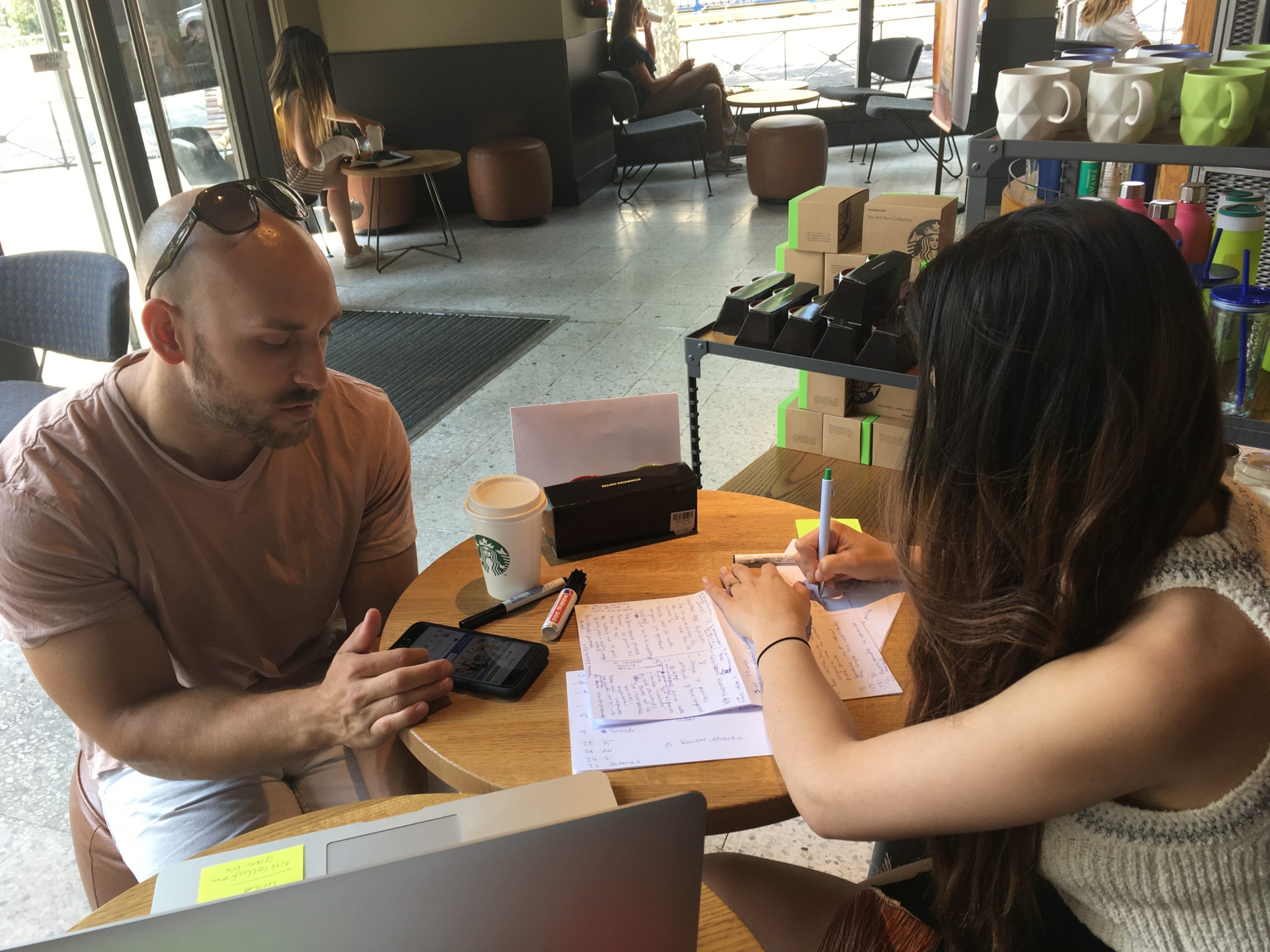
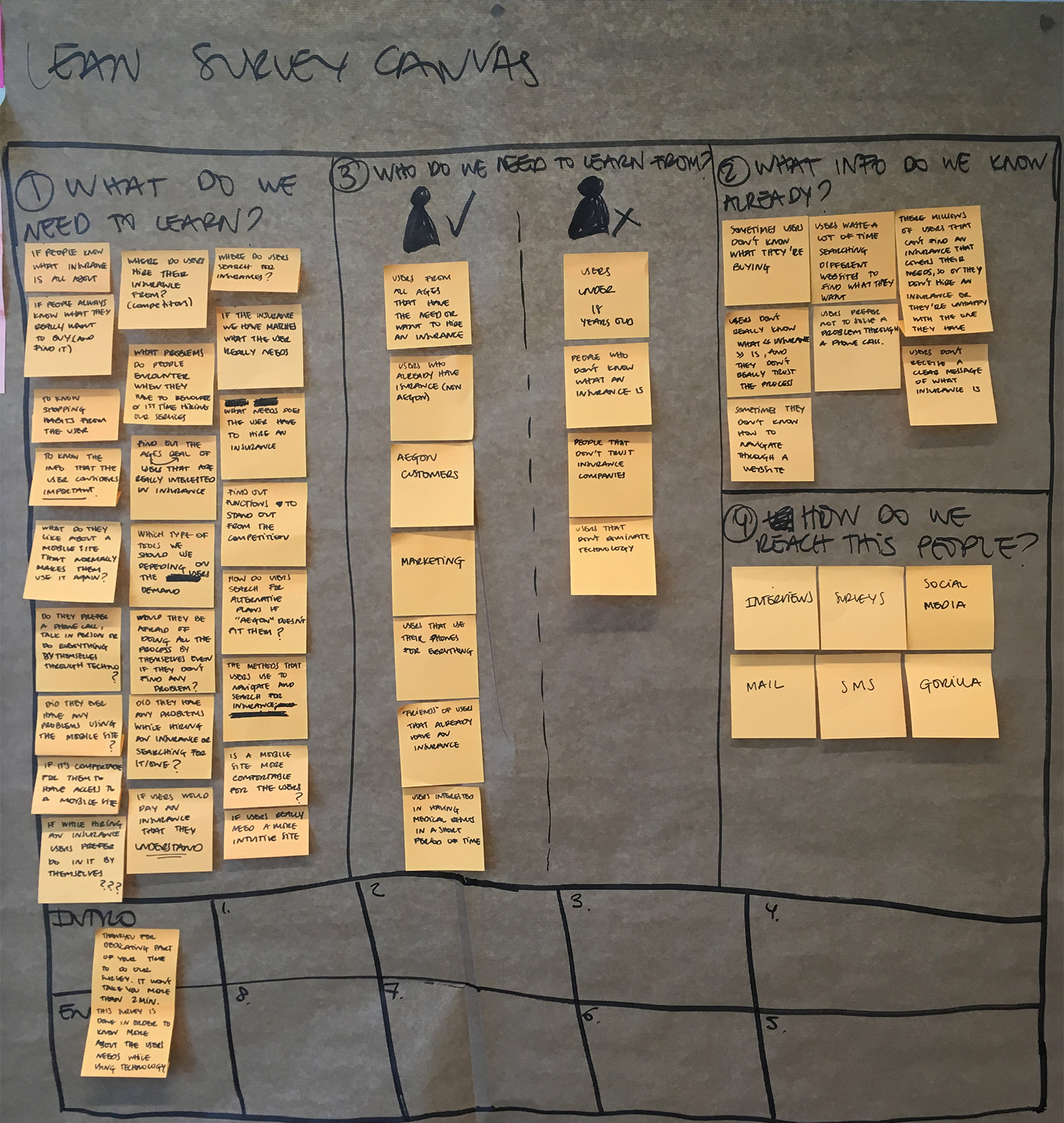
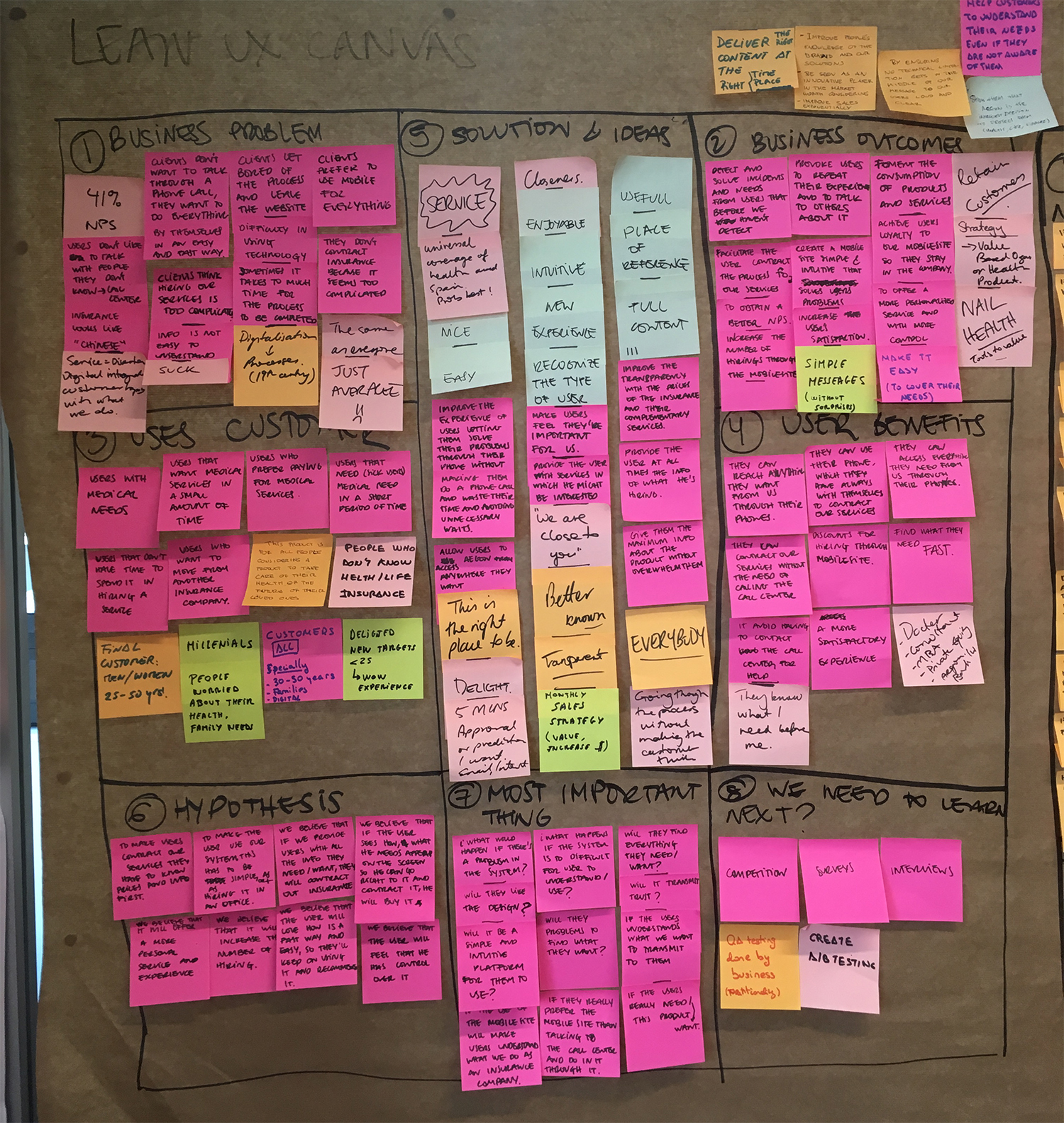
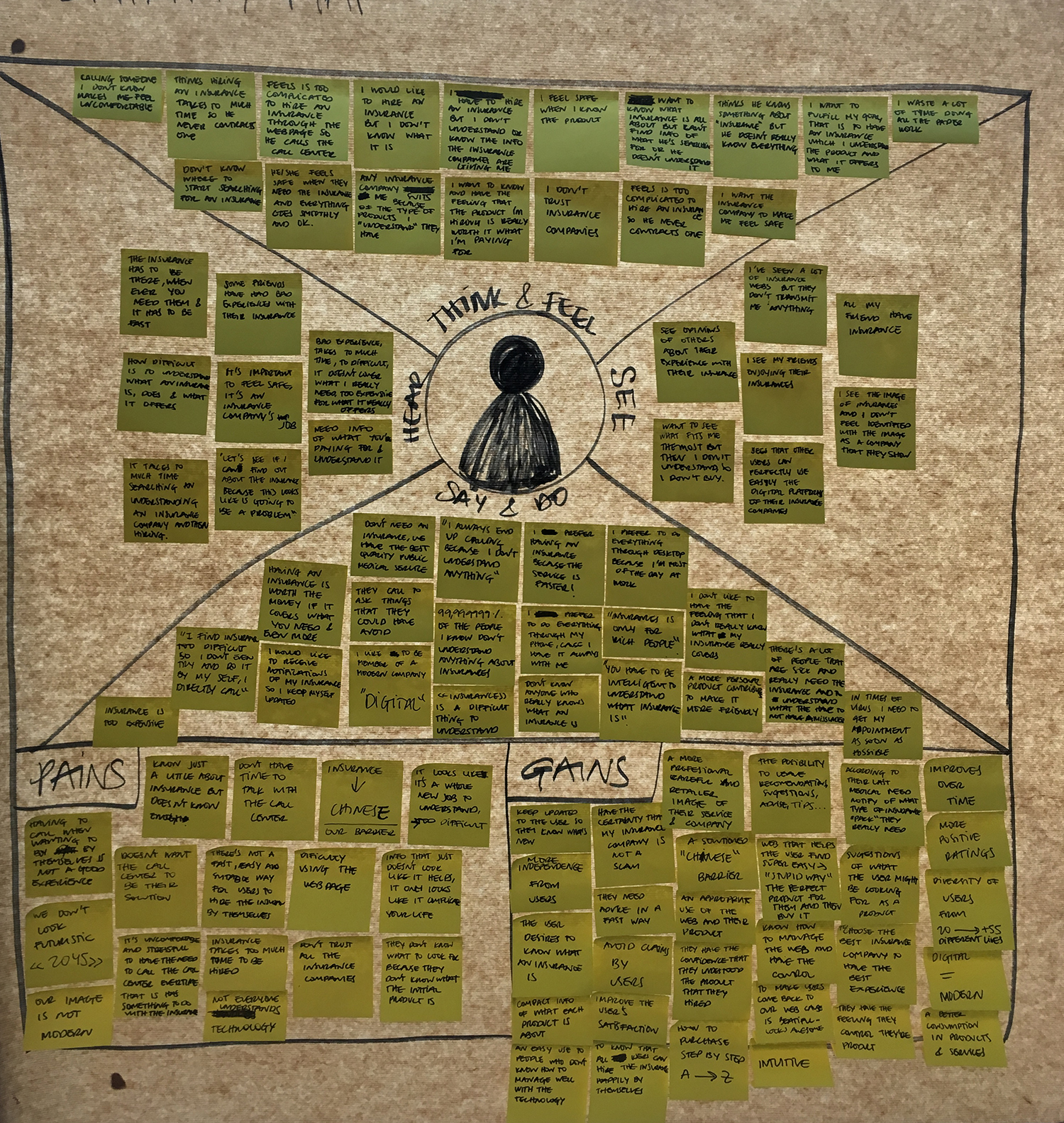
Customer insights and ideation
The designers and myself after 2 weeks of immerse desk research - where we understood the current Spanish market when it came to health and life insurance, understood our competitors and spoke with over 200 people across Spain via interviews, surveys, guerrilla testing, focus groups and observation studies, what we found was:
- We had identified three tribes: families, individuals (primary) and seniors (secondary)
- We were very sales focused screaming “buy me” instead of educating people on what we were selling and the benefits of our services
- There was an overload of information that didn’t make sense and no one understood, therefore people leaving our site due to our contents complexity
- We were not trusted. We didn’t speak to our customers needs, we came across as just wanting to capture user data and not providing information that spoke to people.
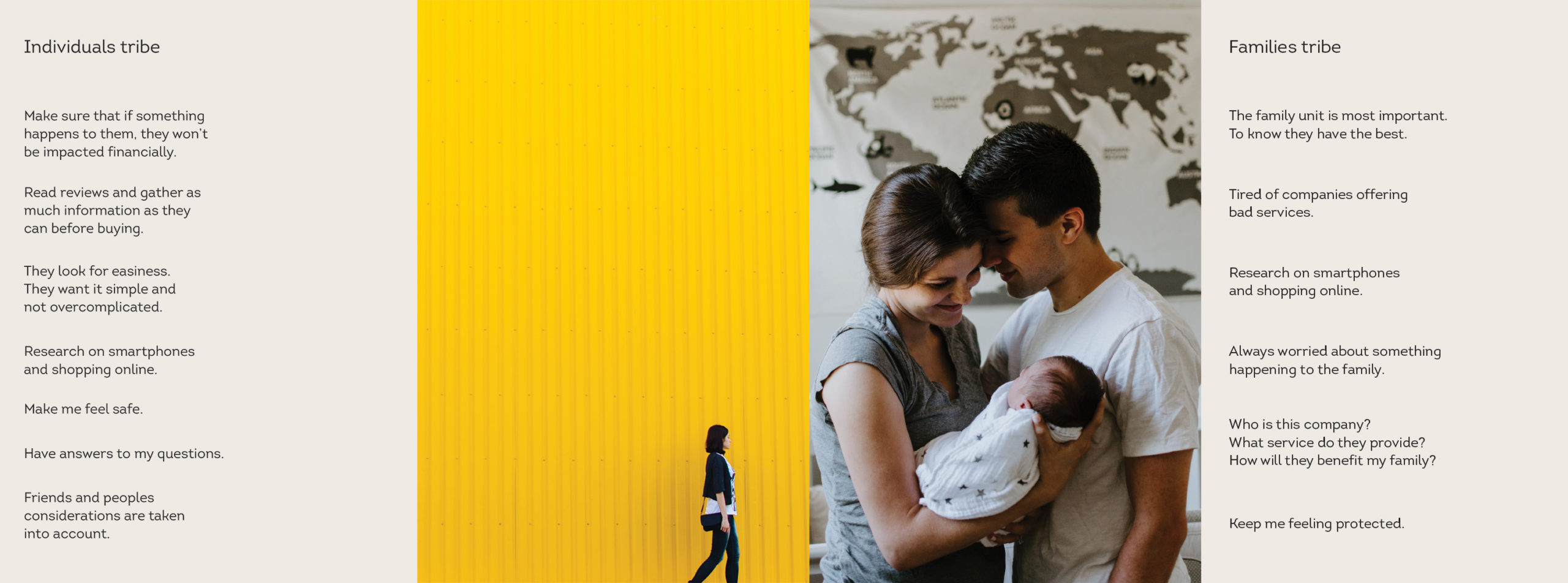
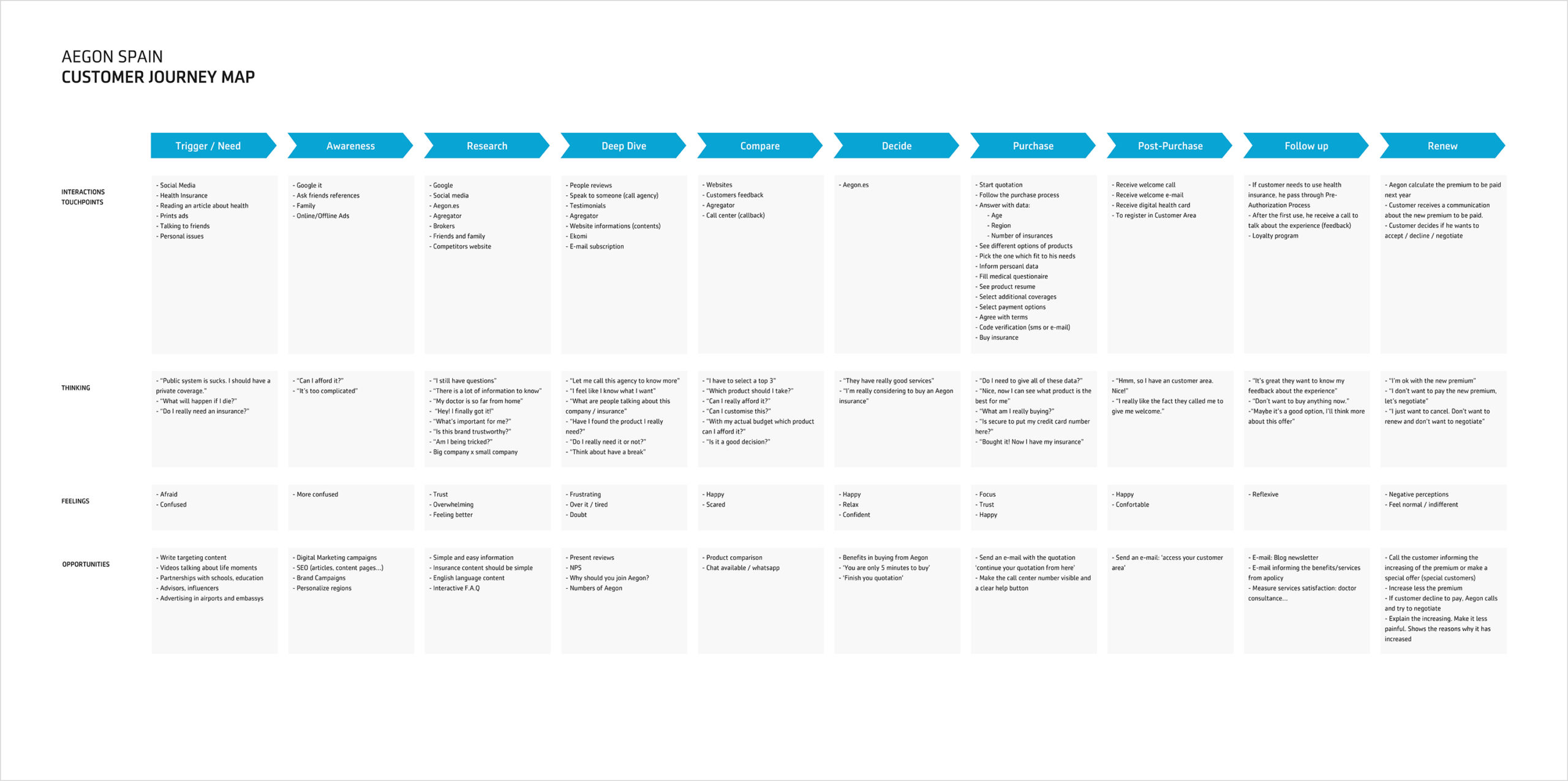
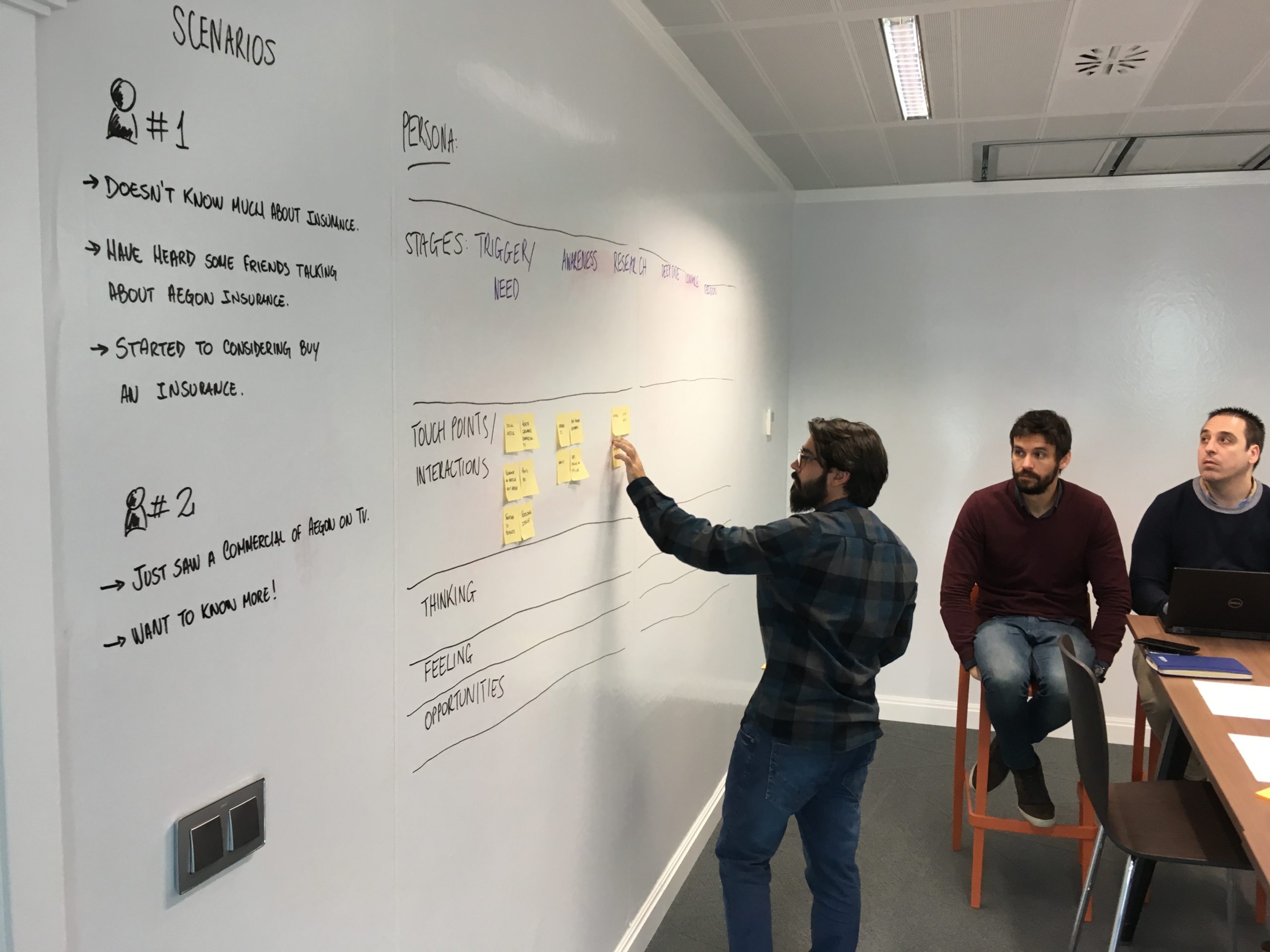
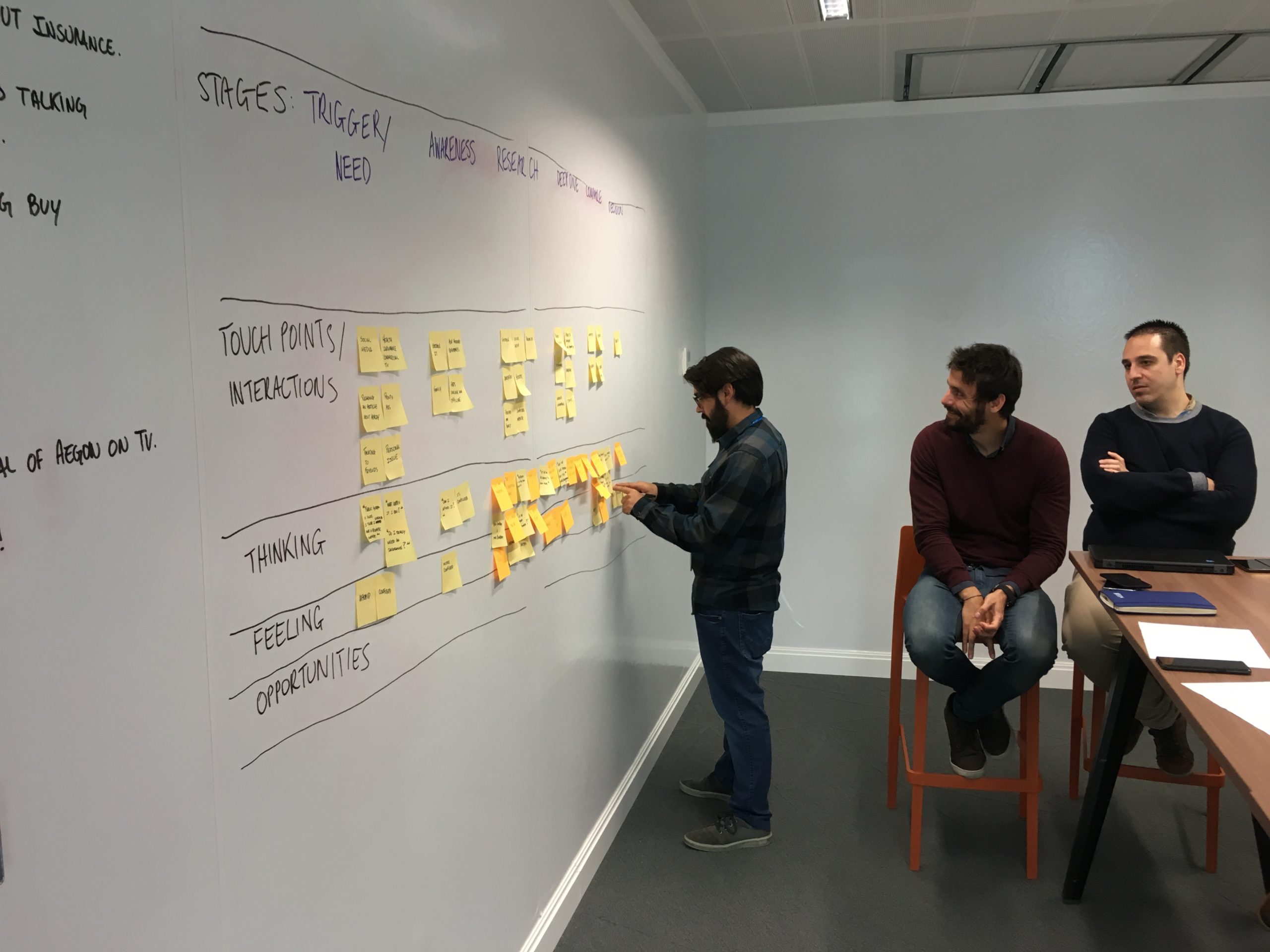
Experience strategy and vision
Based on our research and the data, we collaborated quite closely with the analytical and data teams to understand key moments in our current journey where our numbers translated into what we were hearing and seeing.
What we understood was:
- 65% of entrances into the Aegon environment were being directed to Health and Life campaign pages.
- 80% of the funnel entries don’t go further than one page
- Overall understanding of who Aegon are and how we can support our customers is lost based on the user journey.
From the learnings, our plan was to run a design sprint and build a prototype to test. If the prototype proved successful based on the user outcomes, we would further build out an MVP and launch to further validate and iterate.
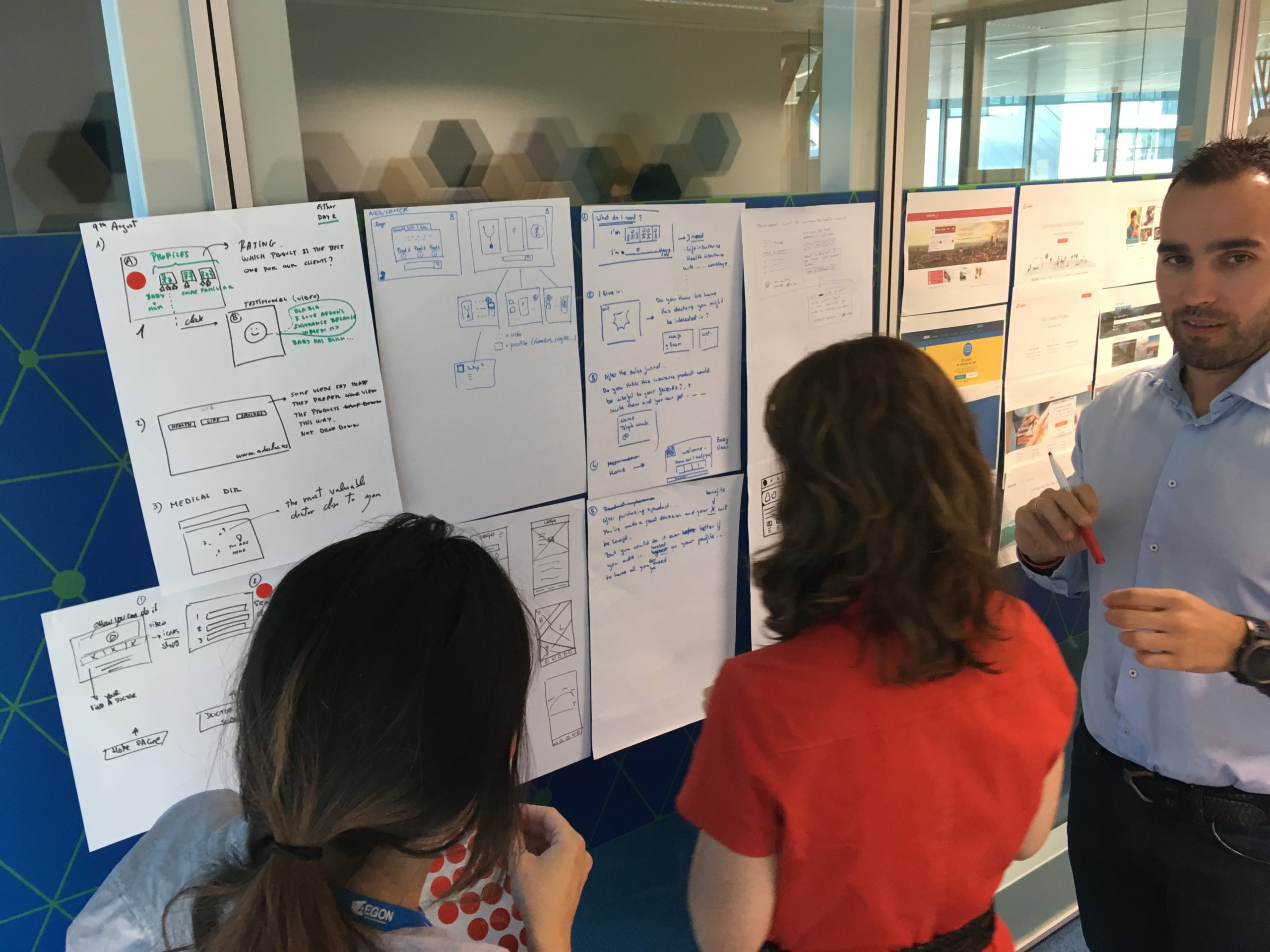
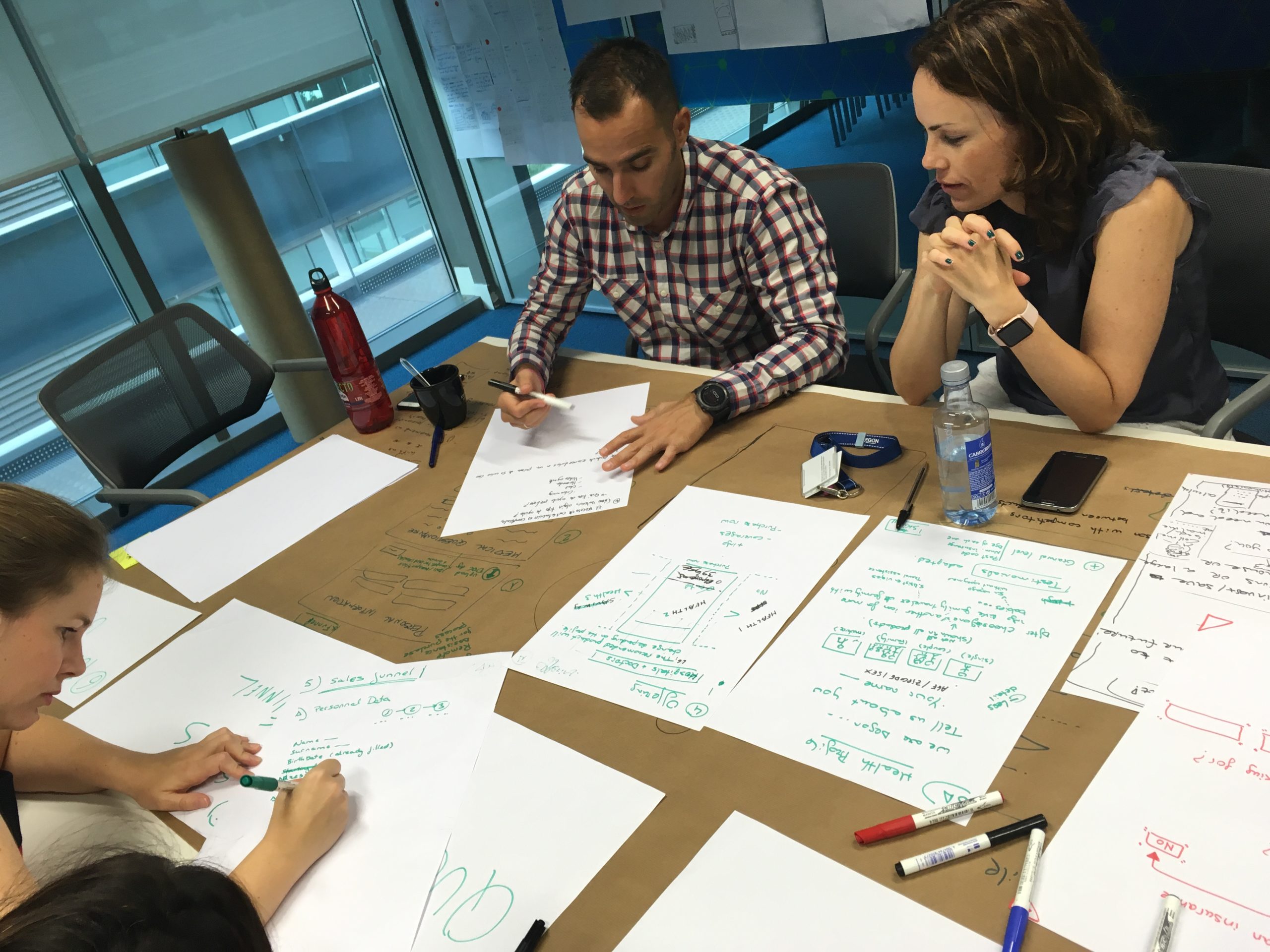
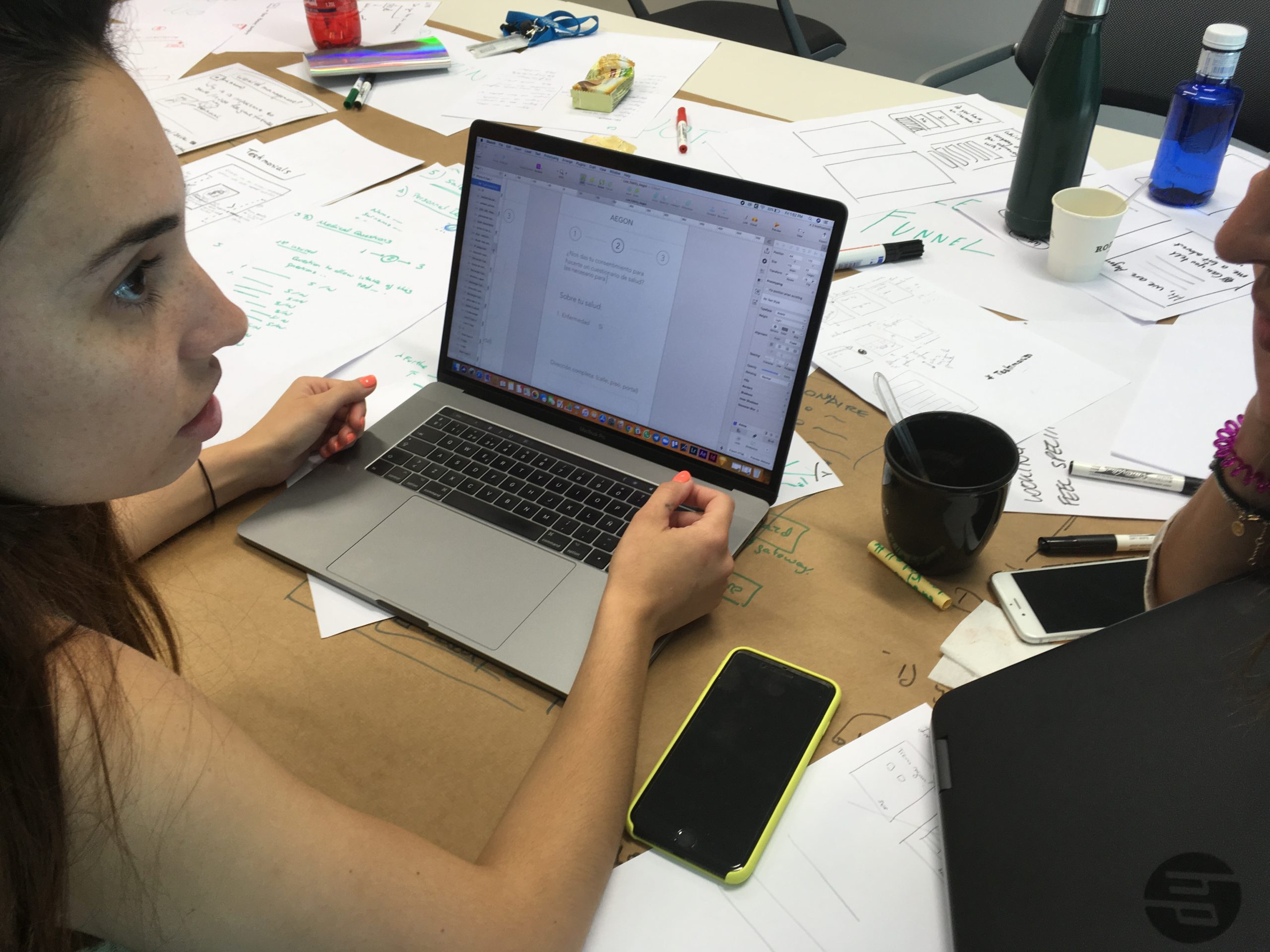
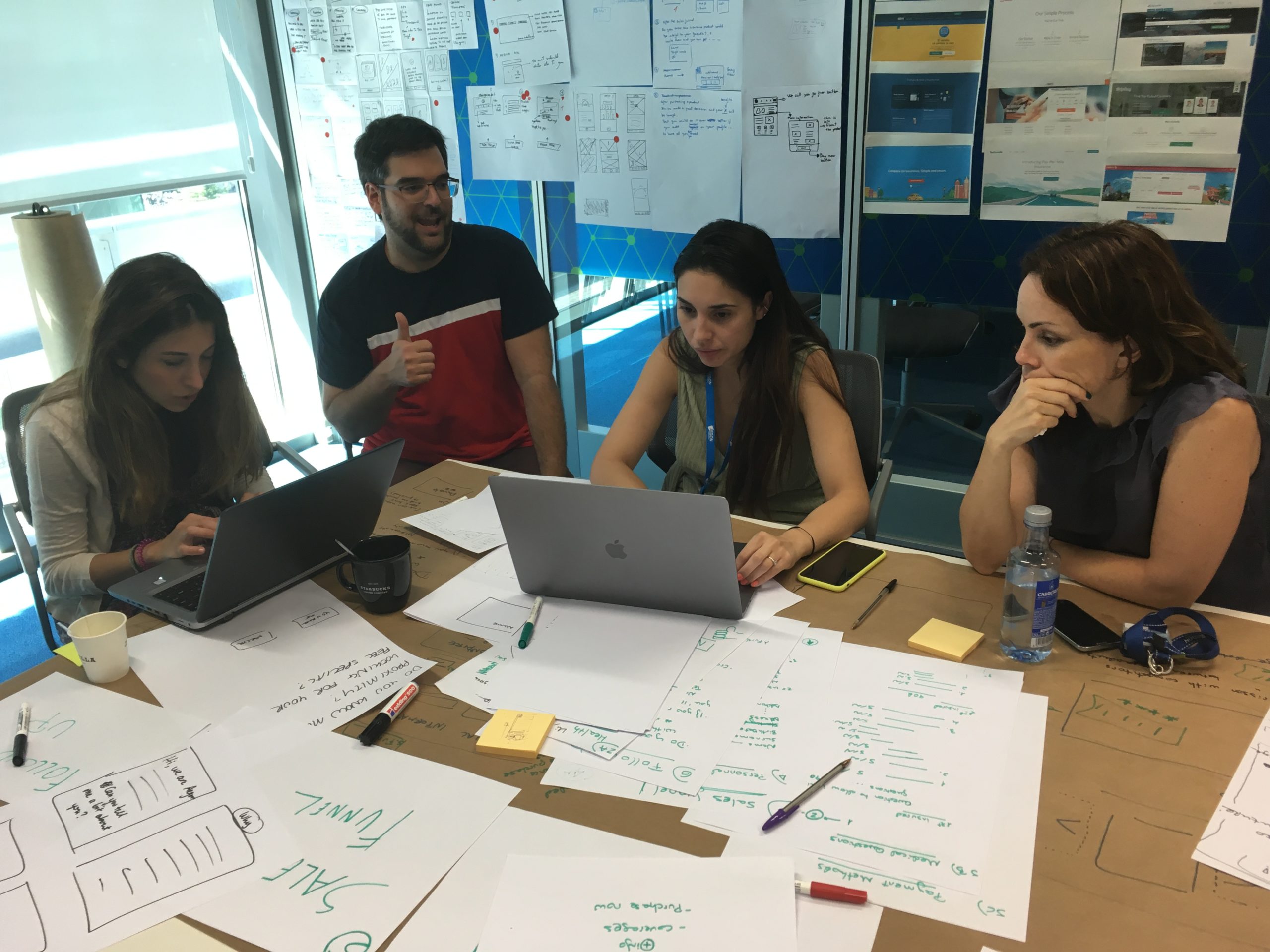
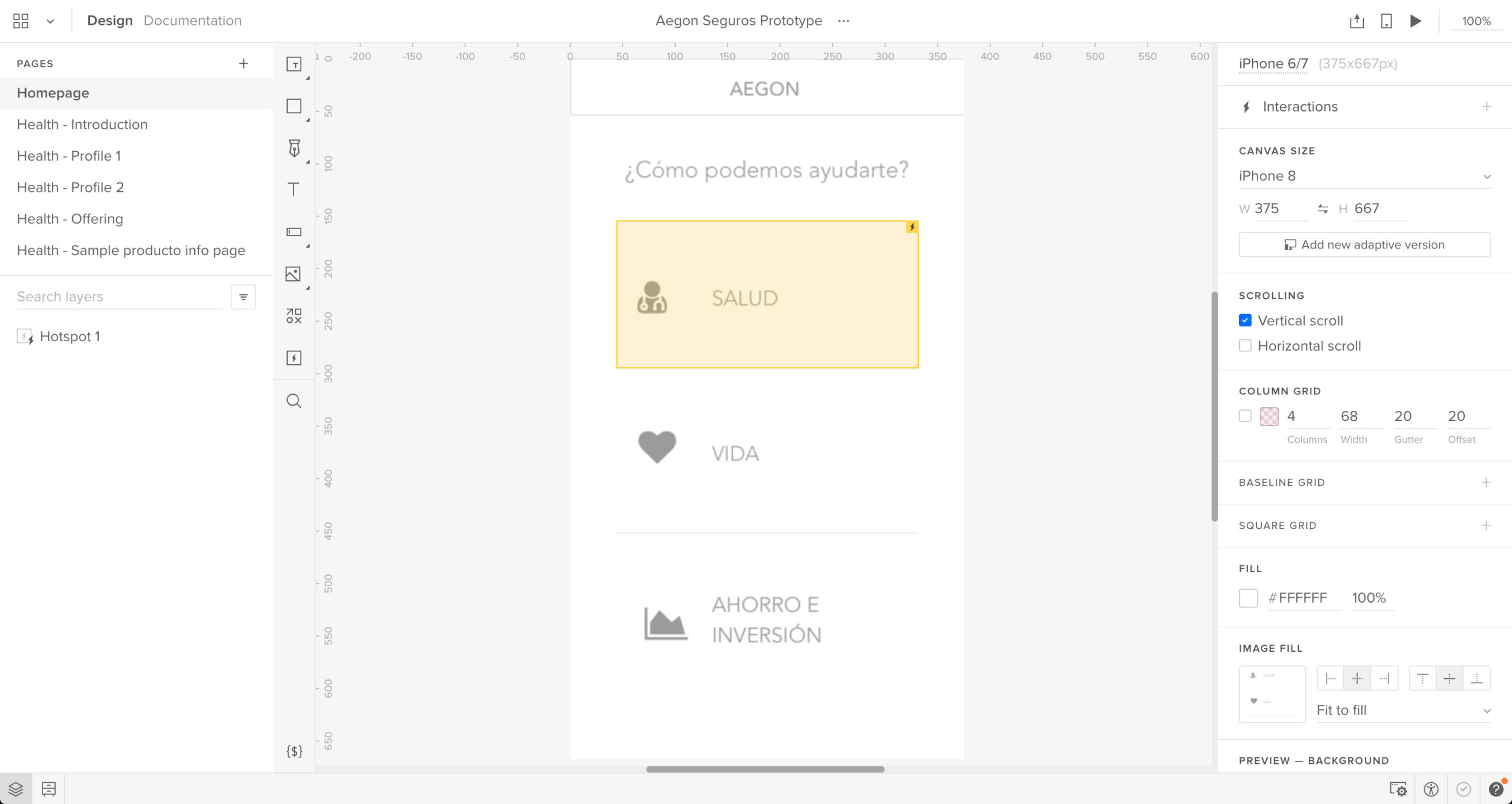
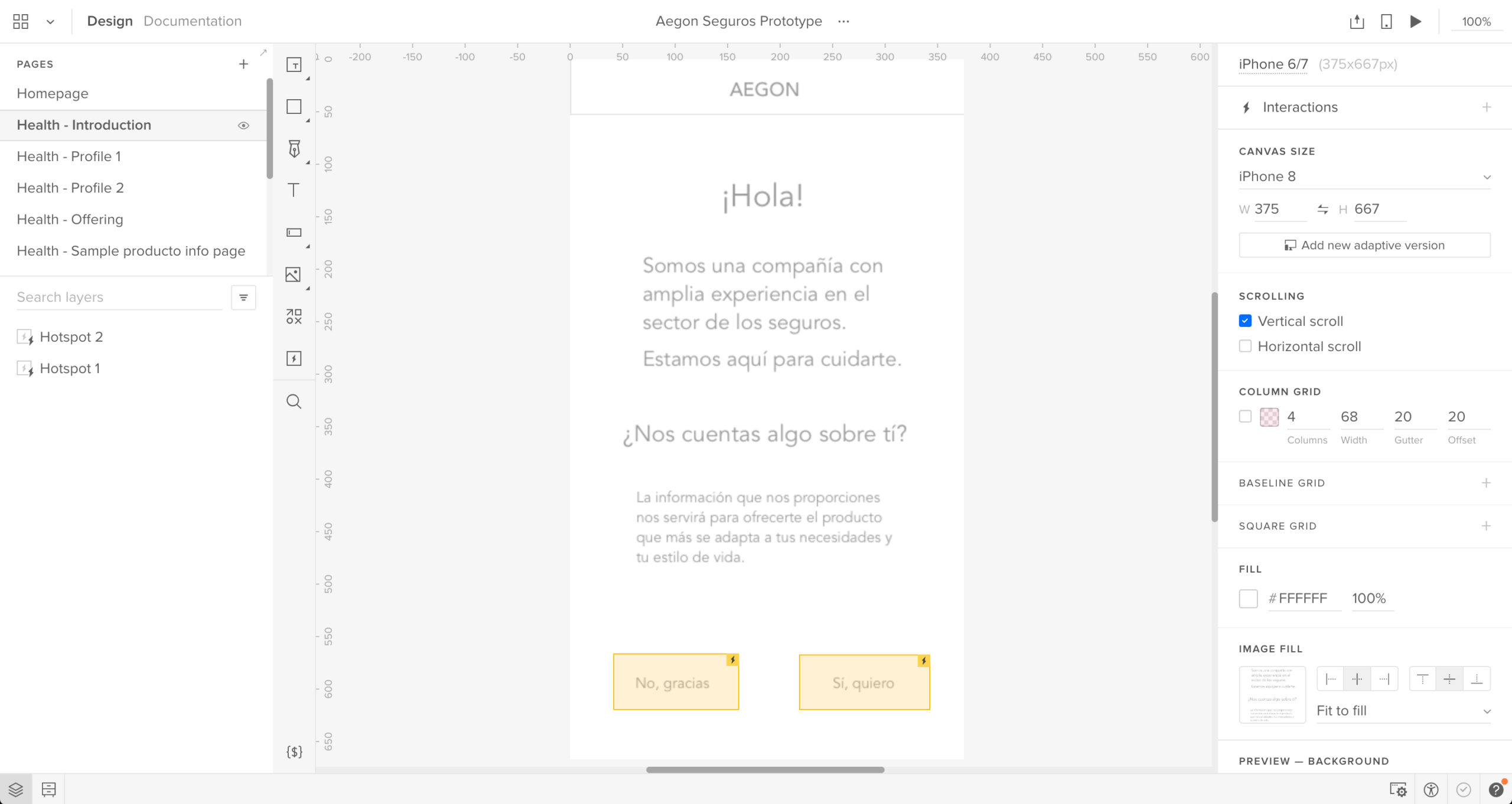
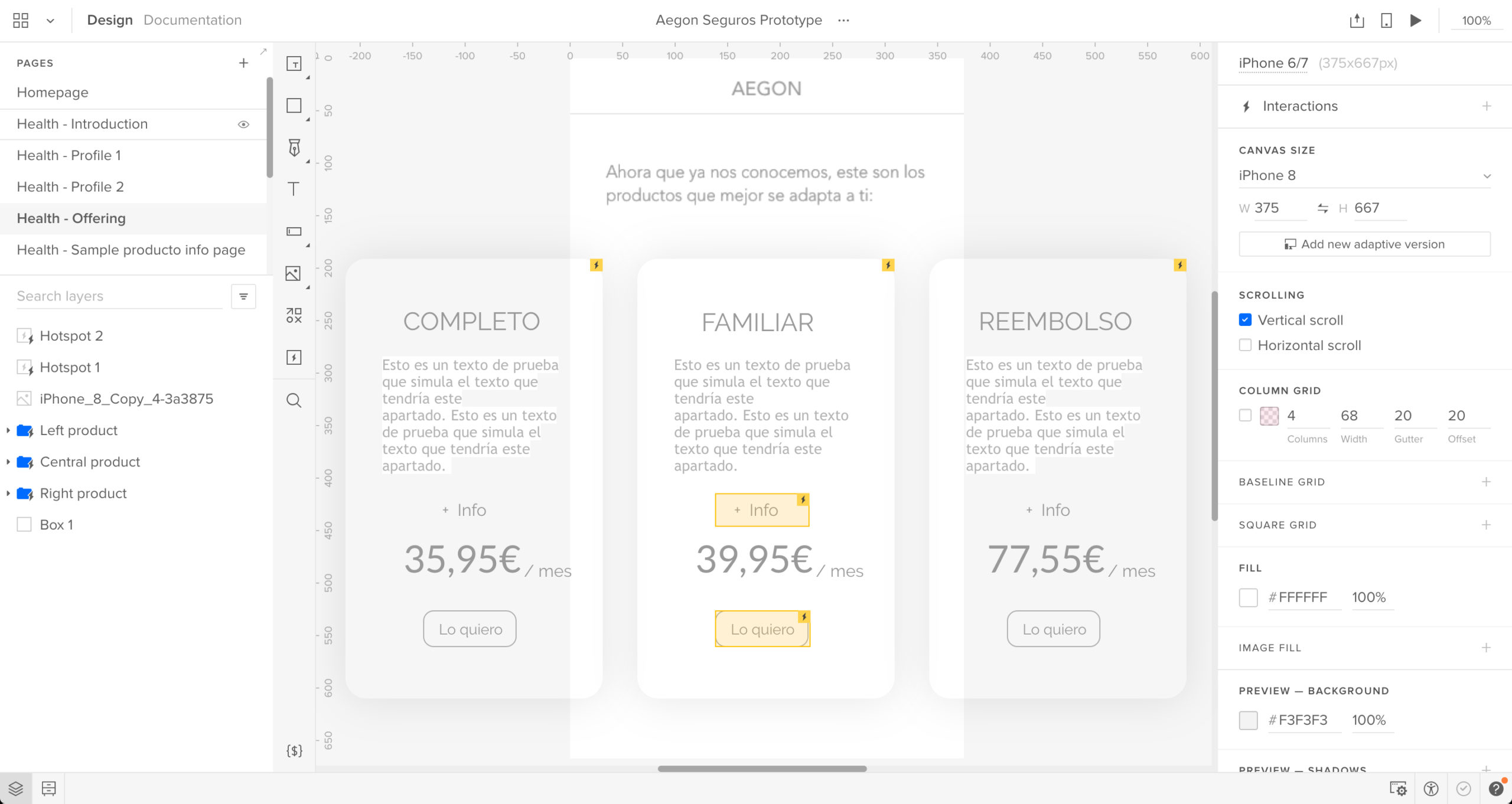
Design execution and validation
After our successful cross functional collaborative design sprint, which saw various business units working together in creating a prototype, what the team focused on was the journey from landing page leading into the purchase funnel. As we further developed wireframes and tested the outcomes we found that people were resonating with the expected outcomes:
- As a user, I want to know what the real value of an insurance is before I purchase
- As a user, I want to know if Aegon Seguros is a trustworthy company before purchasing anything
- As a user, I want to view the best options for me based on my needs
We were able to validate these tasks successfully across channels and additional feedback from our testing was added to our backlog to further create an exceptional channel experience for our users.
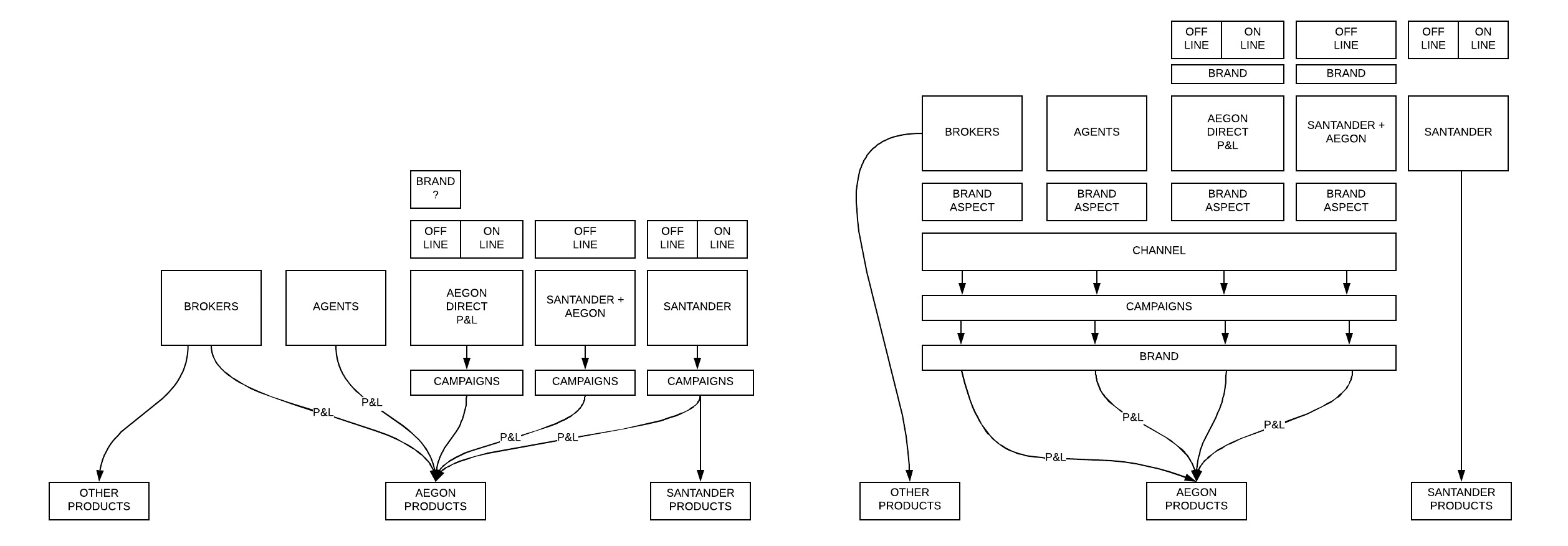
Leadership
My role in leading the teams and the organisation with a new way of working with design and data driving the outcome, we set up tools to help us collaborate. Using JIRA and confluence to upload documentation and recording our backlog. Using slack as a means of communicating. Daily stand ups and weekly kitchen reviews and reflections. Weekly stakeholder check ins and monthly executive team meetings to make sure we were on track with project execution and strategic delivery.


The outcome
Bringing in a new way of working, new team and a digital transformation, we knew that our initial 4 month projection would be delayed, however wanting to produce a quality product that resonated with our users was of the utmost importance. Our project was delayed by 6 months, taking our overall project to 12 months, however we were able to successfully deliver a new continuous channel experience that answered our customers questions.
We measured the following KPI’s based on behaviour, attitude and engagement to make sure that the user journeys were achieved.
- We saw a 20% of user engagement over 3 months and an increase of quality visits by 5%.
- Users tasks success rate for all journeys improved by 25%.
- Pages per session increased from not going further than the first page to 75% users completing the overall journey.
- Our conversion rate increased from 15,959 users to 24, 534.
We are constantly updating our metrics and our site. This was a great overall achievement from everyone in the team.
